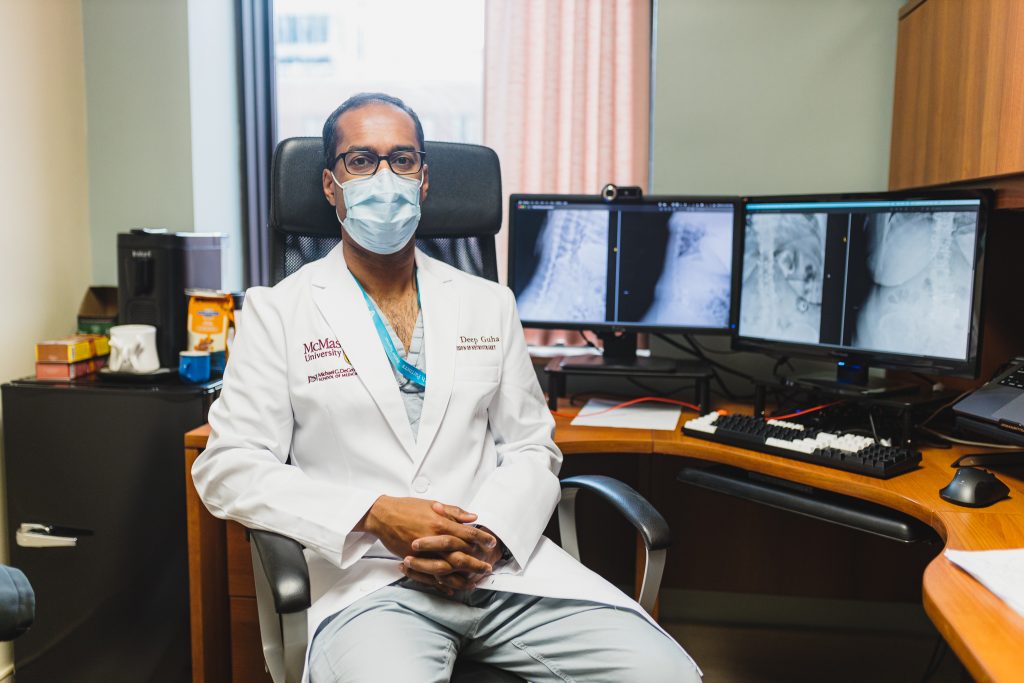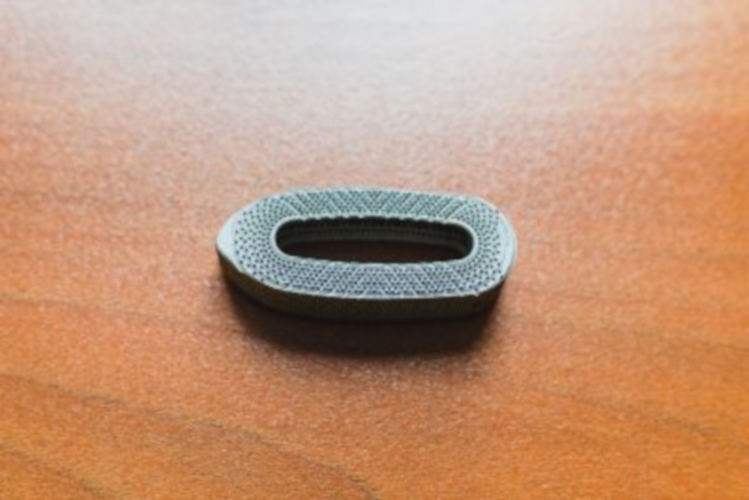A neurosurgeon at Hamilton Health Sciences (HHS) is one of the first in Ontario to perform a spinal fusion surgery to alleviate lower back pain in an arthritis sufferer from Niagara Region.

Dr. Deep Guha performed direct lateral lumbar interbody fusion on a St. Catharines resident who’s had excruciating back and leg pain and numbness for years.
“This is a less invasive way that can help people get through their surgery with less blood loss, less time in the operating room, and a faster recovery and a shorter stay in the hospital for selected patients who are appropriate for it,” Guha told Global News.
Dianne Laplante, 58, underwent the procedure in mid-September at Hamilton General after a number of non-surgical attempts to manage pain from arthritis in her spine didn’t work.
“It hurt so badly because of severe spasms, numbness and shooting pain. It was calling my attention 24/7 and nothing I tried could cut through the pain for more than a few days at a time,” Laplante said.
The retail worker was referred to HHS and Guha by a Niagara hospital after her diagnosis appeared to be a candidate for direct lateral lumbar interbody fusion — which combines small bones (vertebrae) to heal into a single, solid bone.

Get weekly health news
“For people coming in with significant back and leg pain … you try all of the non-surgical treatment first, like physical therapy, massage and acupuncture with a few things like medications,” Guha said.
“Then there are injections that pain clinics that can target different pain generators in the spine. She did all of those things in this fight and still had debilitating pain that was impacting her quality of life.”
A split of one bone in her anatomy and a “degenerative deformity” were characteristics that made Laplante a candidate.
Guha said that with any new procedure, HHS had to absorb the cost of bringing in new equipment, training staff, and notifying clinical colleges.
The two-hour lower-back procedure, a mainstream operation in the United States for a few years now, is done from the patient’s side and replaces natural intervertebral disks that absorb stress with a spacer that encourages healing and the fusion process.
“Coming from the side … minimizes injury to back muscles and therefore helps you with less pain after surgery to get up, move around and to be able to go home faster,” Guha said.
Laplante said she notice improvement almost immediately after recovering from the operation, insisting pain and numbness in her leg are gone.
“I still have back pain but my biggest concern was my leg because it was so severe,” said Laplante, who still needs a cane and walker for now.
Guha said relief from the back pain will take time for Laplante since that area needs to finish a healing process.
“I can sleep now for at least three or four hours in a row. That was impossible when I was dealing with leg pain. I’m definitely more comfortable now.”














Comments